Fareham Local Heritage
Fareham is filled with rich heritage!
Its origins go as far back as a small settlement developed before Roman times – close to the top of what is now the High Street.
Make sure you visit Westbury Manor to discover a range of stories about the town people, heritage and industrial past.
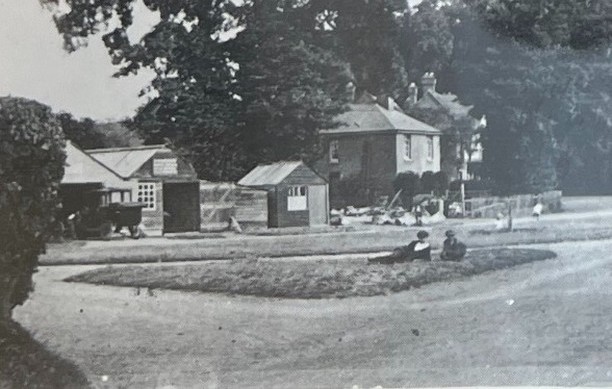
The Green, Stubbington
(Image above: provided by…)
Stubbington Green around 1910 – facing towards the Red Lion. The garage with the car outside belonged to Dough Wareham, who started a business in selling bicycles.
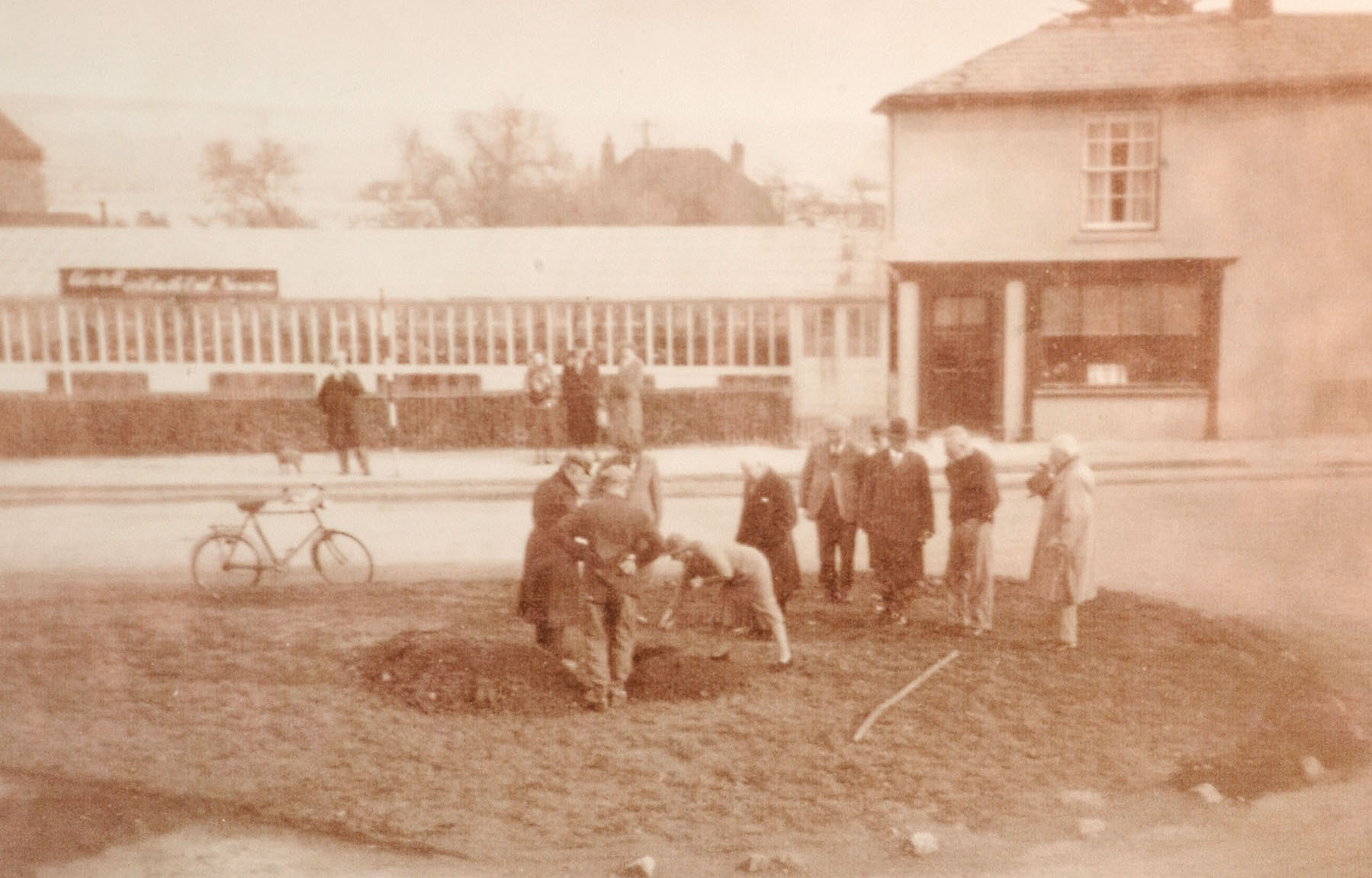
Jubilee Oak, Portchester
(Image above: provided by Fareham Council)
The Jubilee Oak being planted in Portchester in 1935, commemorating the Silver Jubilee of George V.
Titchfield Carnival
(Image found in The Queen’s Head, Titchfield)

Here’s a great photo from Titchfield Carnival back in the day! The last parade was in 2016 and has now been cancelled after nearly 140 years.
No one knows the exact date, but it is suspected that the event started around 1880. The Titchfield Bonfire Boys (TBBS) have claimed this as their foundation date.
The role of the TBBS was to raise the money needed to hold the carnival. The remaining funds would go back into the local community and be given to support local services.
Some recounts from the time include the burning of a tar barrel effigy of a person who the town considered unpopular.
There are a wide variety of suggestions to explain the carnival, including November bonfire festivities and a harvest fair.
West Street, Fareham
West Street was created in the 20th century – it was originally used for trams, buses and other vehicles as a route from Southampton to Portsmouth.
The road through Fareham has changed a lot over the years. After the second world war, an increase in population created the golden mile of mainly independent shops. In the 1970s it became pedestrianised and created further developments around West Street, including Fareham Shopping Centre.
1905
(Image below: provided by Fareham Council)
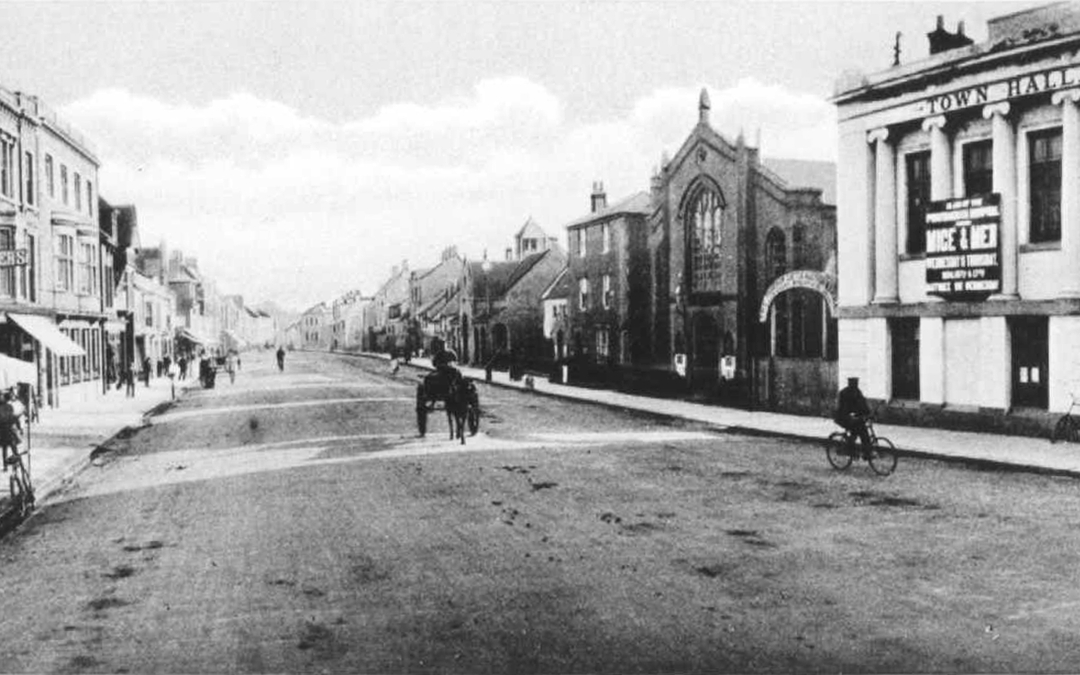
1928
(Image below: provided by Fareham Council)
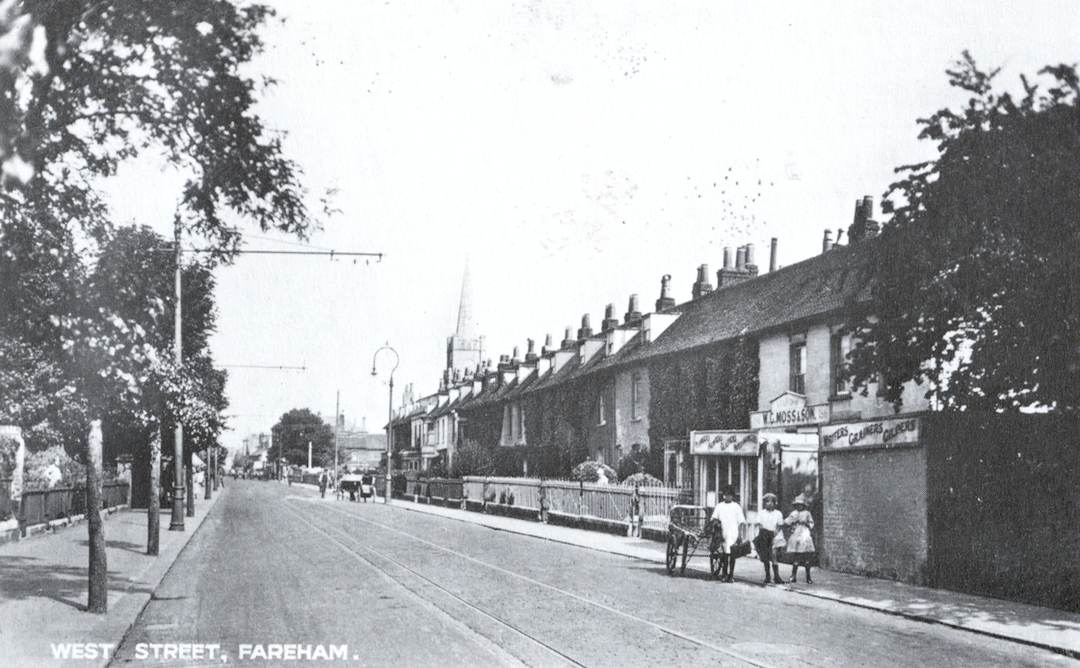
1950
(Image below: provided by Fareham Council)
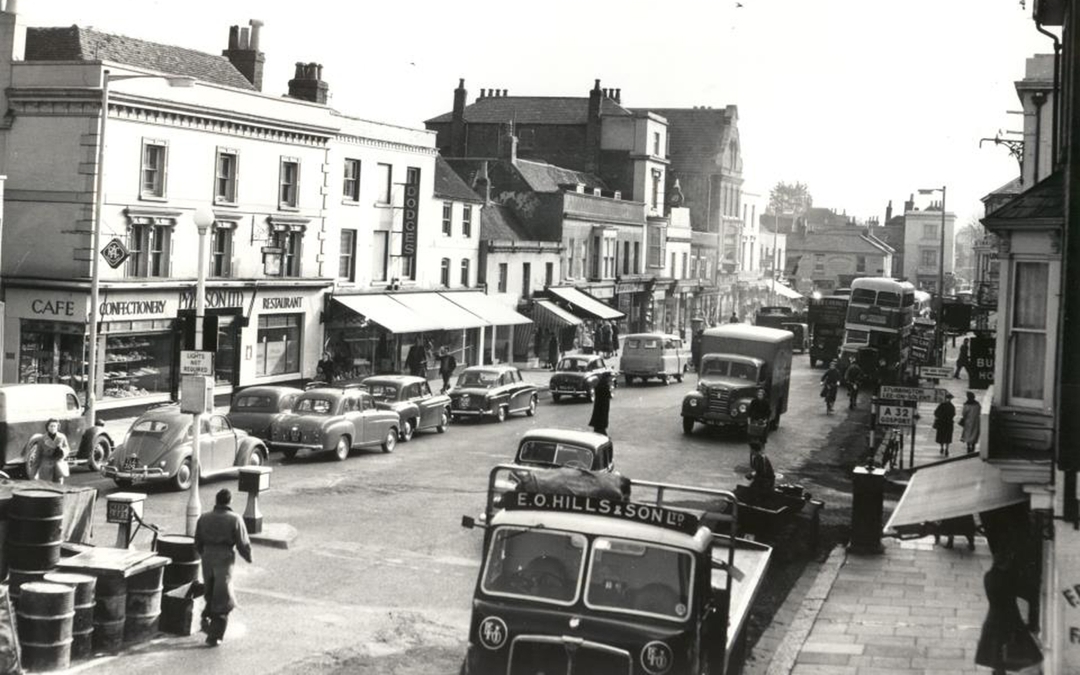
(Image below: provided by Hampshire Cultural Trust)
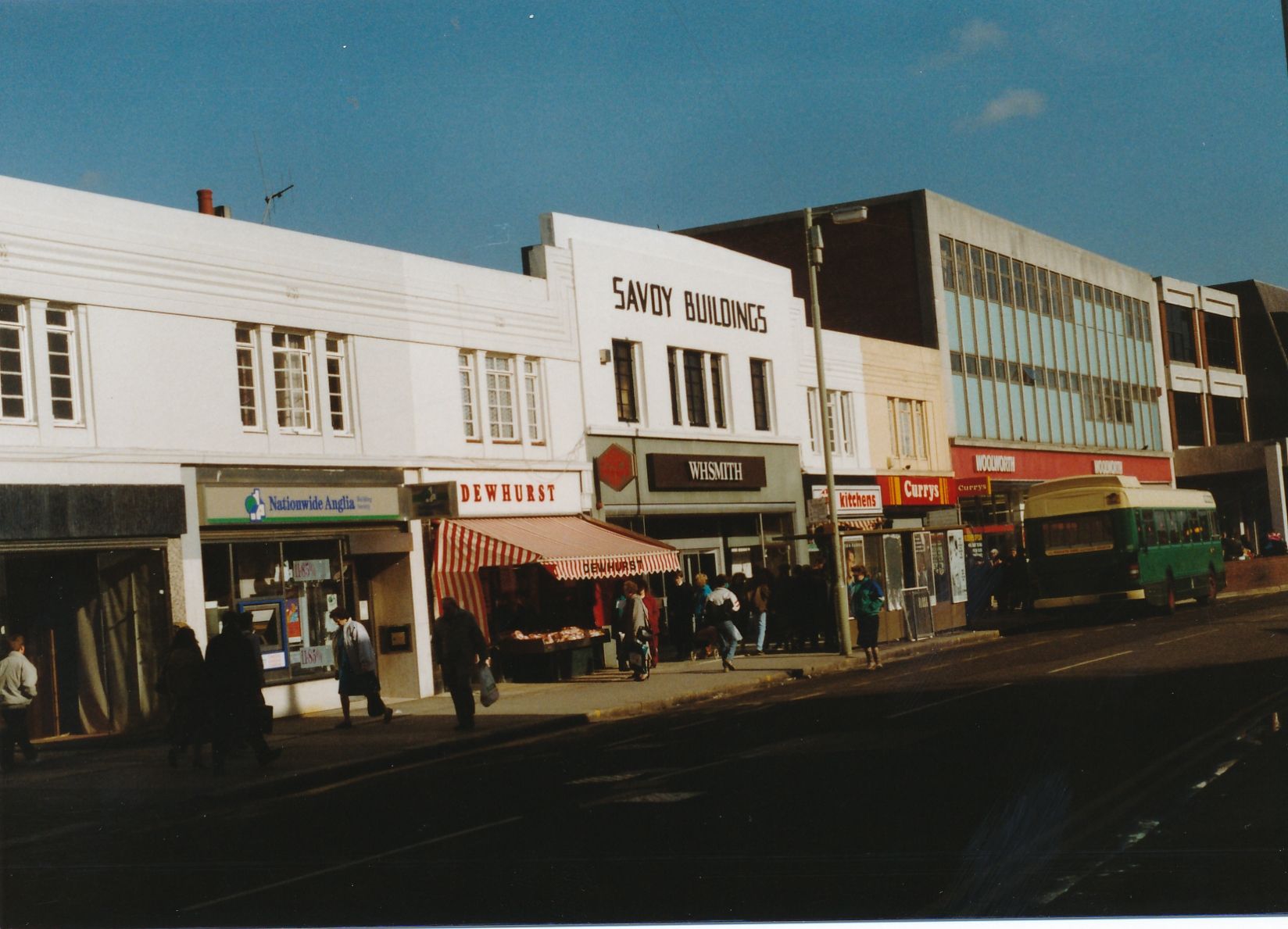
1956
(Image below: provided by Fareham Council)

(Image below: provided by Hampshire Cultural Trust)
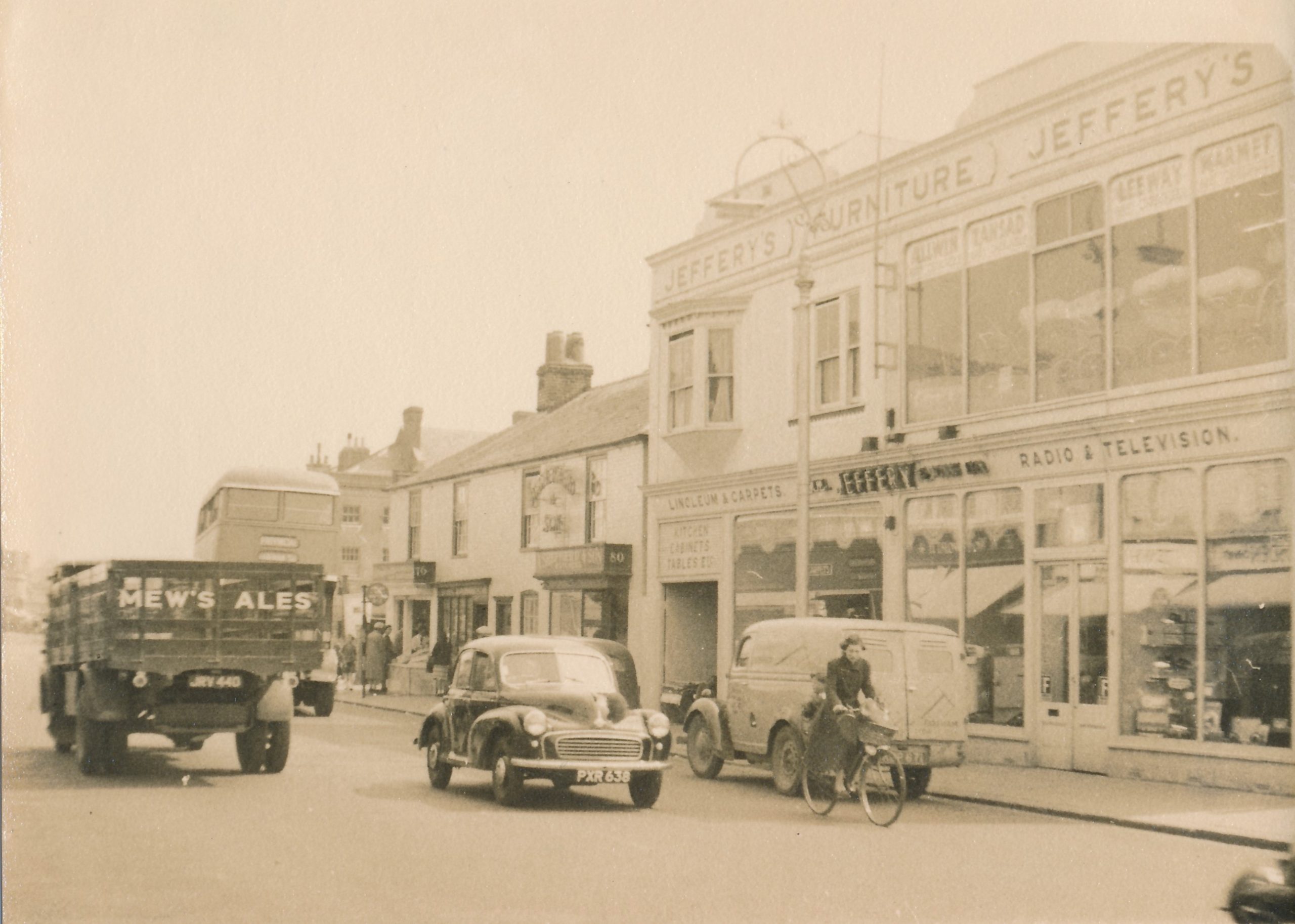
Lower Quay
Lower Quay in 1975
(Images below: provided by Fareham Council)
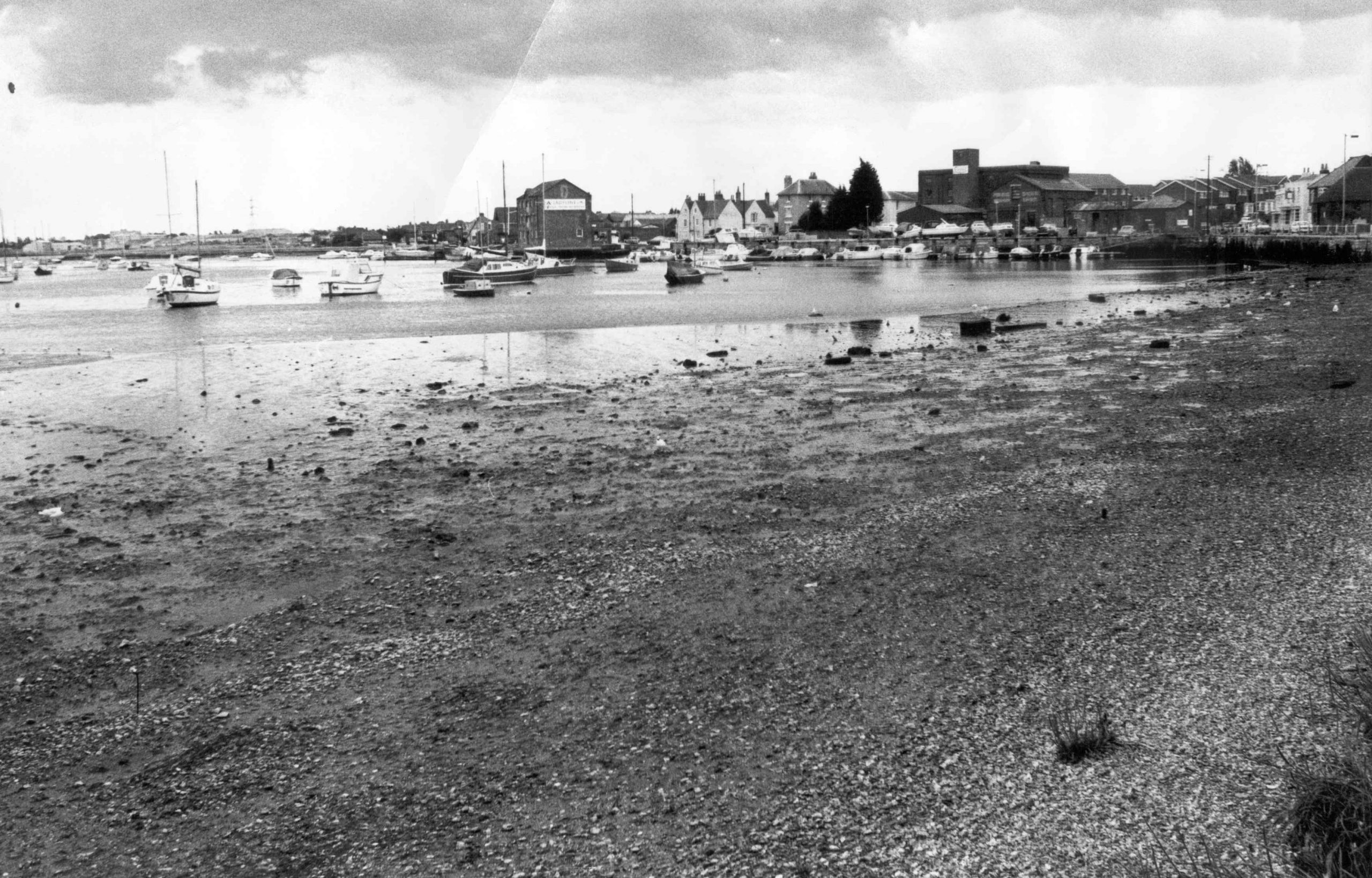
Lower Quay in c.1898 – ‘The Wonder’
![mta-040622-Lower Quay in c 1898 - 'The Wonder'[38] copy mta-040622-Lower Quay in c 1898 - 'The Wonder'[38] copy](https://livelovelocalfareham.co.uk/wp-content/uploads/2023/09/mta-040622-Lower-Quay-in-c-1898-The-Wonder38-copy-1400x1800.png)
Town Quay
In 1934, some workmen digging in the area found a skeleton believed to be a French prisoner – alongside other remains.
The prisoners had left behind evidence of their incarceration in carved animal bones, which they had made into games and combs. You can see their creations today at Westbury Manor Museum.
Later in the 1970s, some of the Quayside buildings were used for the light industry, such as Miltall’s and Palmer’s. Some workers reported supernatural activities, such as desk lamps rising and a figure walking through walls.
Lower Quay
In the 17th century, the Lower Quay was heavily linked to the town centre when a bridge was built over Gilly Creek.
By 1630, Fareham Creek was seen as a harbour and later the buildings on the quayside were used as hospitals for sick and wounded soldiers in the Dutch wars.
It is contemplated that a hospital was set up in Lower Quay for ill prisoners from the hulks and Portchester Castle – with many locals viewing the prisons as a cesspit for disease.
The area around the Lower Quay dates back to the 16th century, where ship building started in the area.
This involved many important families such as the Sees, who built fast sailing boats, naval rescue boats and cabin cruisers.
During the 19th century, Percy See (1881-1944) became a major producer of record breaking hydroplanes and was the first man to put compasses in speedboats.
Find out more at Westbury Manor Museum!


